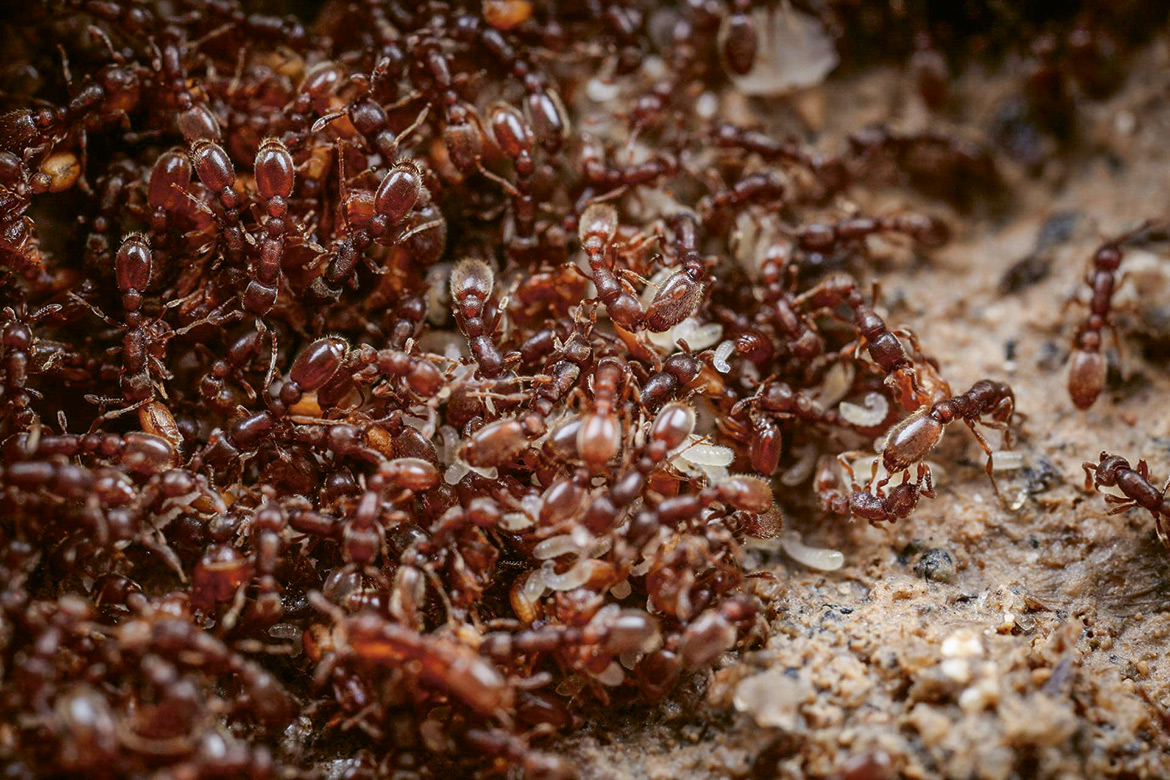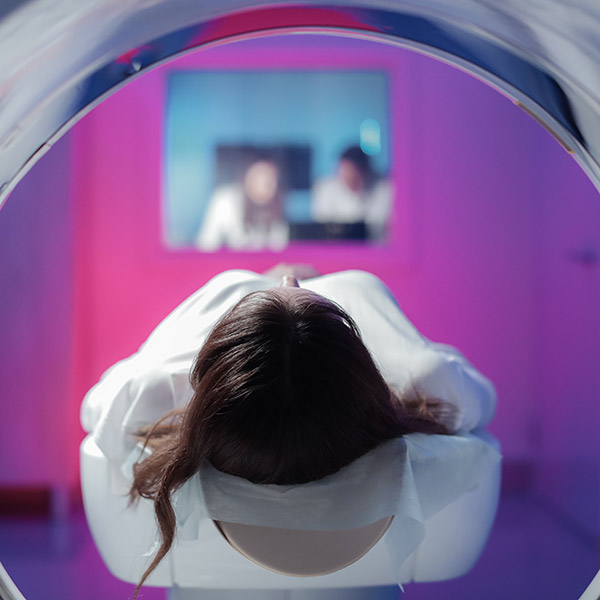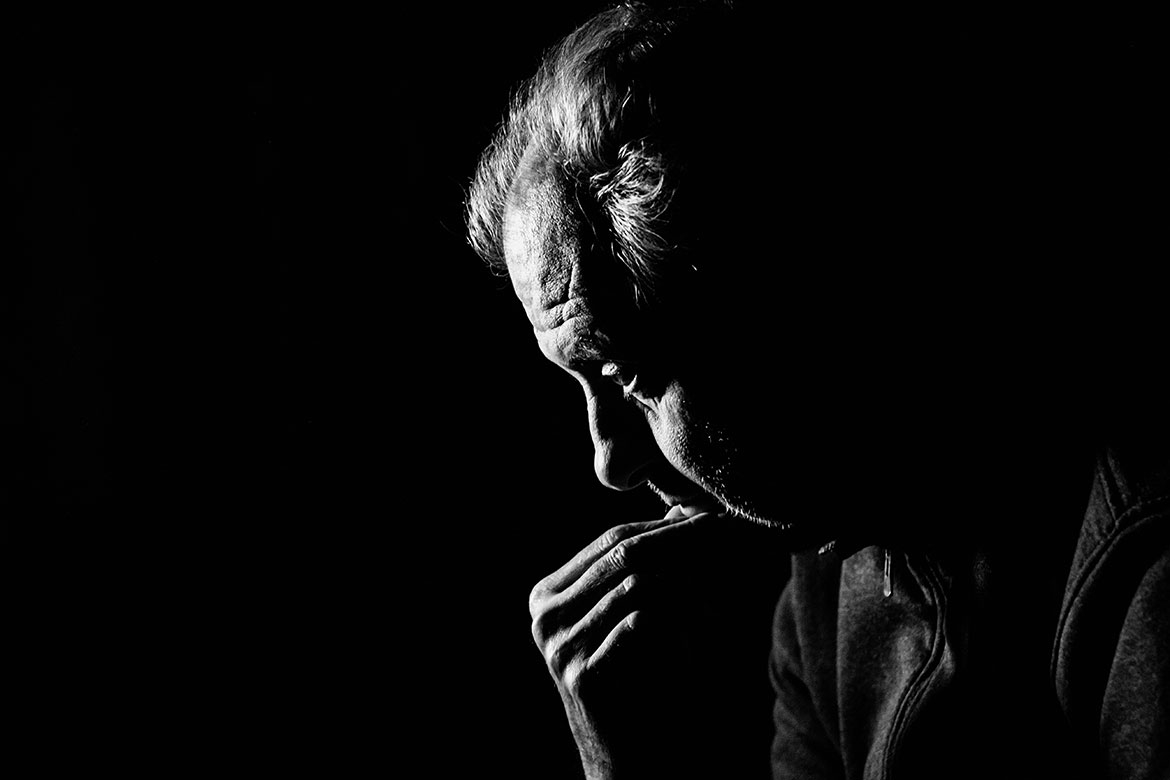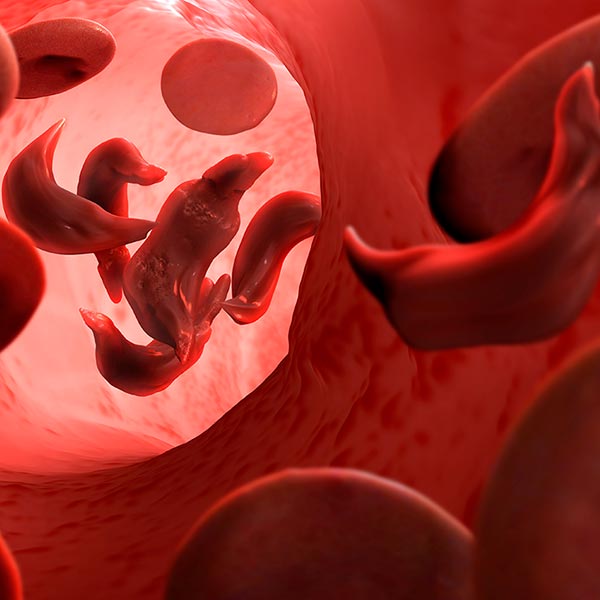EPIDEMIOLOGY
Disease control in an ant colony
Thousands of animals in a highly confined space: pathogens ought to have an easy time of it in an ant colony. But its inhabitants nevertheless manage to keep epidemics at bay – we look at how they do it.

Clonal raider ants look after their conspecifics when they are sick. This surprised researchers. | Image: Martinho Girão Marques
Living in close proximity to each other can be a risky business. If we humans didn’t know it before the Covid-19 pandemic, then we certainly know it now. Ant nests offer a prime example of a large group living in close social contact with each other. Yuko Ulrich has been studying the dynamics of infections in ant colonies. She was formerly an assistant professor at ETH Zurich and is now a group leader at the Max Planck Institute in Jena.
Ulrich’s model is the clonal raider ant Ooceraea biroi, which originally comes from Asia. What’s unusual about this species is that it has no queen. A colony consists exclusively of female worker ants who on the same day all lay unfertilised eggs from which the next generation of ants will hatch. These colonies do not have to be large in order to function, so Ulrich can keep them in petri dishes. Each ant is colour-coded on its back, and she uses cameras and software to track the paths of each individual ant.
Care, isolation or execution?
Ulrich and her team are investigating how ants recognise whether a conspecific is ill, and how they react to this. To this end, Ulrich infected ants with fungal spores. Their conspecifics immediately recognised the sick animals and took care of them. They removed the fungal spores, which significantly increased the probability that the infected ants would survive. “We were rather surprised that the healthy ants took such care of their sick cohabitants”, says Ulrich. “We had instead guessed that the sick animals would be isolated”.
Both of these strategies are known among ants: either taking care of the sick, or isolating them. Nor need they necessarily be mutually exclusive, says Nathalie Stroeymeyt, who researches into epidemics in ant colonies. Having worked in Lausanne and Fribourg, she is now based at the University of Bristol. “In the early stages of an epidemic, individuals that are infected can self-isolate by spending more time outside the nest, but at the same time, their nestmates can devote greater care to them”, she says. One study with an infected brood even showed that the nursing ants can switch from a strategy of nurturing to one of killing, if the level of infection becomes too high.
Ulrich adds that both strategies – nursing and isolating – have advantages and disadvantages. Caring for a sick cohabitant exposes the carer ant to the risk of infection. But this risk is probably manageable in cases of fungal infection. Things could look different with another parasite, however. This is why Ulrich now plans to study the reaction of ant colonies to many different pathogens – including parasitic roundworms and viruses. “We assume that the ants weigh up which strategy makes more sense. For example, it might be based on the danger that is actually posed by a parasite”.
A reaction to artificial inflammation
It’s still not clear how one ant recognises another as sick. “They can probably smell the fungal spores”, says Ulrich. “But we wanted to know whether they can also perceive a disease whose odour is produced by the host”. To do this, she and her team injected ants with an agent that causes an inflammatory reaction in the body. In this way, they were able to simulate an infection without the ants being contagious.
Even without a pathogen, the sick ants were recognised and cared for. Ulrich had assumed that the ants would recognise the sickness through a kind of odour molecule on the ant’s skin – but her study could not confirm this. There are many other features that the ants could recognise, she says. They could include volatile scents or simply how they behave. After all, we humans also often intuitively recognise when someone is moving more slowly or differently due to illness.
Ulrich says that ants can enable us to test mathematical models that could also be used for epidemics in humans. “For example, there are theoretical predictions that pathogens will spread more slowly in social networks that comprise different castes responsible for different tasks”, she says. But otherwise, she insists that she is cautious about using her studies to postulate information about human epidemics. “There are too many differences between ants and humans for that”.




